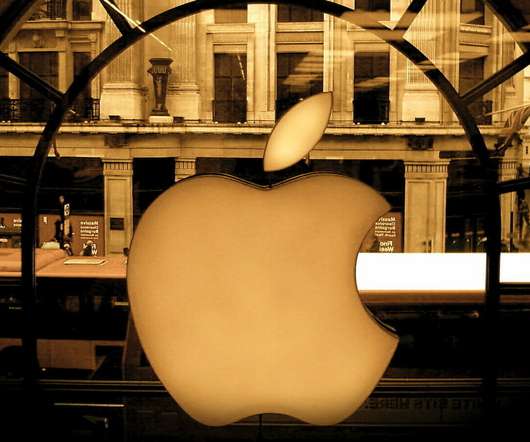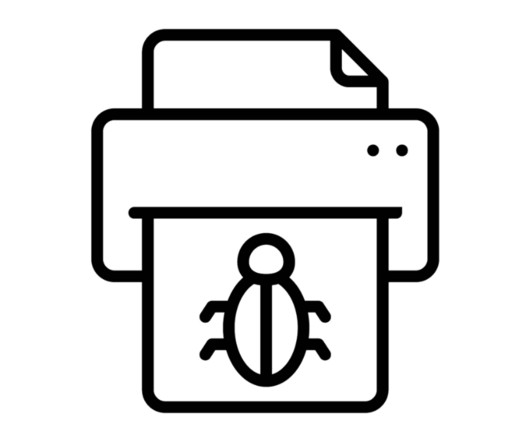Second malware strain primed to attack Apple’s new M1 chip identified
SC Magazine
FEBRUARY 18, 2021
Along with the Pirrit Mac adware identified earlier this week, researchers from Red Canary identified Thursday a different malware strain (Jon Rawlinson/CC BY 2.0)). 14 noting that a Safari adware extension that was originally written to run on Intel x86 chips was revamped to run on the new M1 chips.













Let's personalize your content